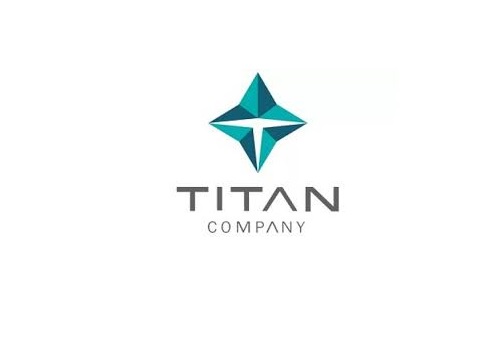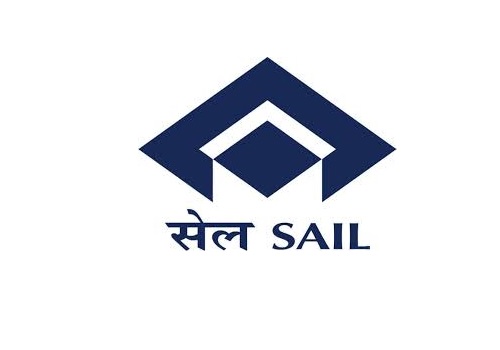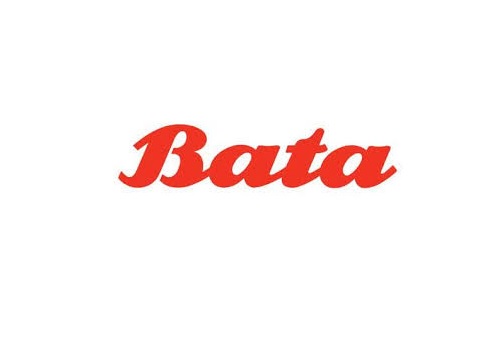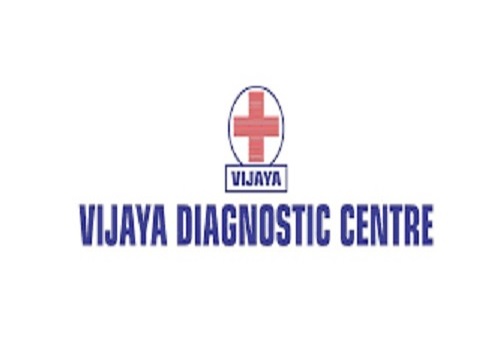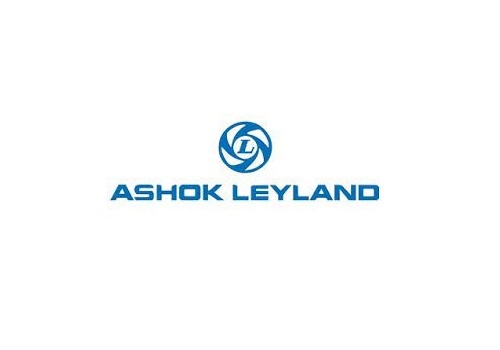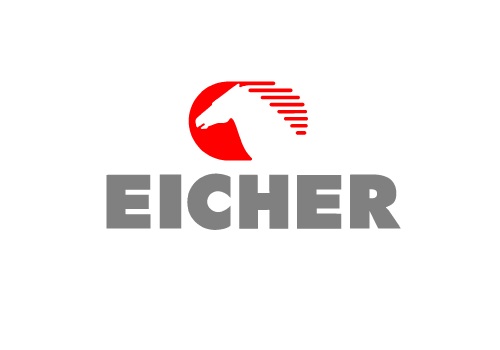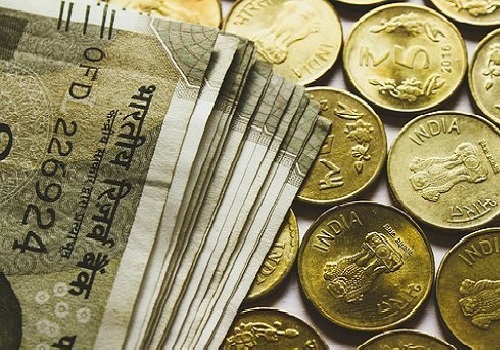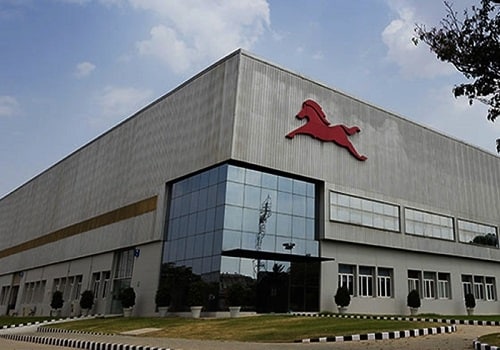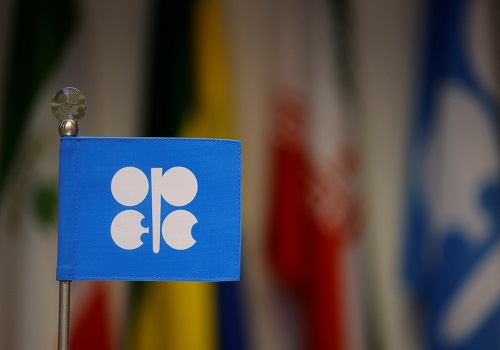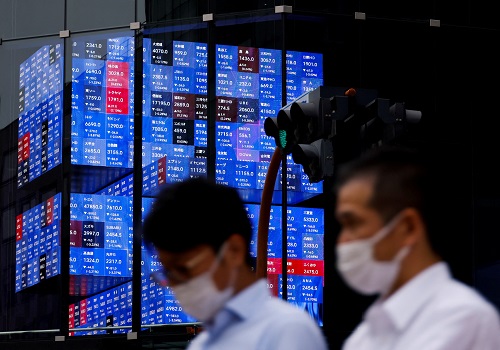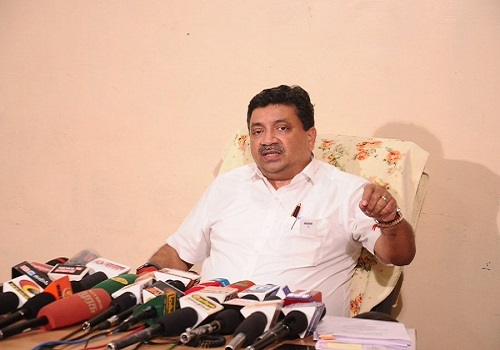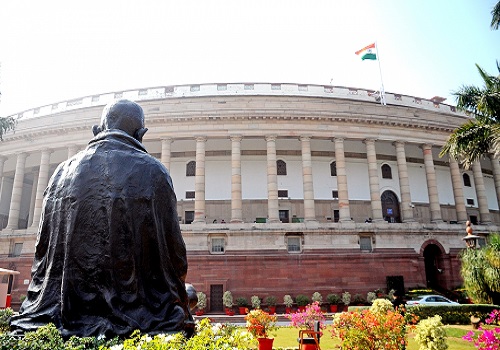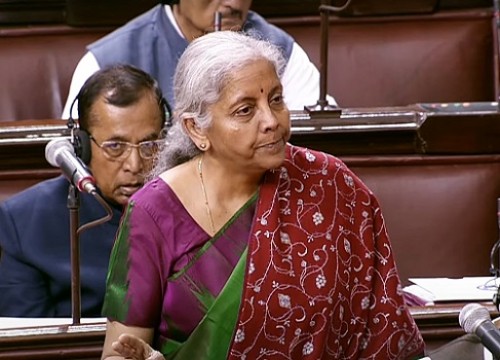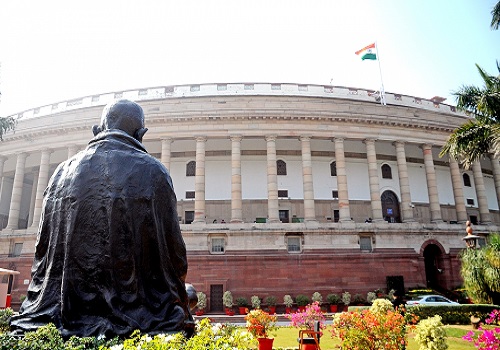Policy for supporting the unorganized sector and MSME sector will be a prudent choice - R P Gupta, Author Turn Around India 2020

Follow us Now on Telegram ! Get daily 10 - 12 important updates on Business, Finance and Investment. Join our Telegram Channel
Recommendations By Mr R P Gupta, Author Turn Around India 2020
1. MACRO PICTURE
Real GDP for FY-2021-22 might land at the same level of FY-2019-20. While comparing current macro parameters of the economy such as, investment rate (GFCF), savings rate, bank credits (excluding SLR lending), inflation, trade deficit etc., the GDP growth projection for FY-2022-23 by various agencies in the range of 7.0 to 8.5% is somewhat not convincing. More because, the growth rate during FY-2019-20 was barely 4%. At the same time, for resolving job crisis, it is the compulsion for India to grow @7% plus in FY-2022-23 and about 8.5% in FY-2023-24.
So as to achieve aforesaid target, the forthcoming Budget should be used as an opportunity for announcing several structural reforms and the budget allocation should set the motion in that direction. Government should refrain from the populist budget considering State elections. Yes, pro-active policy for supporting the unorganized sector and MSME sector will be a prudent choice which will generate jobs and serve populism as well.
A road map may be announced for boosting oftheprivate investment through easement of bank credits and the easement business and taxation laws. Simultaneously, India must boost exports by reducing the cost of capital, energy, logistics and minerals. During interim period, export incentives may be liberally given to few specific sectors.
2.UNORGANIZED SECTOR
As per old studies by National Commission for Enterprises in the Unorganized Sector (NCEUS), there are about 5 Crores of Micro and Small Enterprises, mostly engaged in the Trade, Transportation, Construction, Restaurant and such other services besides tiny Manufacturing. These are managed by large numbers of self-employed Entrepreneurs. They employ about 84% of the workforce. Most of them are not registered with the Tax Authority. They need following fiscal reliefs for survival and revival.
* To raise GST exemption limit to Rs. 50.0 lakhs and GST Composition limits in two slabs of Rs. 150.0 and Rs. 300.0 lakhs with differential Tax Rate. Also to provide notional credit of input tax to registered buyer @5-10% while buying from the composite tax category suppliers.
* To extend credit guarantee on the working capital facility with a cap on the total loan.
*To facilitate cheap housing to the persons engaged in this sector at cities and metros.
3. SME SECTOR
In the developing phase of any Nation, Small and Medium Enterprises (SME) play vital role in generating public income (GDP) and employment. They don’t have access to capital market. In the past decade bank credit to this sector is quite discouraging. The compliance burden of business and Tax laws has substantially increased. The provisions of criminal prosecution have demotivated. Inconsistent growth of economy and rising cost of basic inputs have enlarged the business risks. In sequel, many potential entrepreneurs have become “job seekers” in lieu of “job providers”. So as to restore the entrepreneurial spirit, the policy and fiscal stimulus is needed as under;
* The “Credit Guarantee scheme”, which was introduced in FY-2020-21, needs modification. Instead of restricting this to existing borrowers, this must be extended to new borrowers and should include medium scale enterprises. The guarantee should be limited to 50% of loan to SSI and 30% loan to medium scale instead of 100%. Balance risk is to be shared by banks.
* In the corporate Tax, the income slabs of Rs. 5.0 crores and Rs. 10.0 crores with a tax rate of 15% and 20% plus surcharge. Normal tax rate of 22% may be applicable for income above Rs. 10.0 crores as usual.
* Compliance burden related to business and tax laws may be drastically reduced. The provisions of criminal prosecution may be substantially diluted and it should be invoked in rare cases after next stage approval from higher authorities.
4. BANK CREDITS & NPA NORMS
For a growing economy, continuous investment in the productive sector is most crucial. For boosting investment, the liberal bank credit is an essential need. In a developing Nation, temporary loss and business risks are quite frequent. Hence, the stringent NPA norms and shifting of entire burden on the Banks and Entrepreneurs shall be counter-productive, as seen in last decade. Therefore, budget should include the policy announcements to resolve problems.
* Total Bank credit (excluding SLR lending) in India has reduced from 51.9% of GDP in 2015 to about 44% in 2020. While comparing with other nations, it is about 160% in China and the world average is 89% of GDP. Therefore, the Bank credit (except SLR) must be boosted to about 55% of GDP in next two years.
* Out of total Bank credits, the share of ‘Personal Loan’ has increased from 18% in 2012 to about 28.5% in March-2020. It means, the Bank credit to Productive Sector has declined. The share of productive credit must be restored to Pre-2012 level. Out of which, the share of SME Sector must be increased.
* For next 2-3 years, the NPA norms and Bank provisioning must be relaxed and the restructuring of loan may be permitted in a liberal manner.
* A scheme of “Self-insurance” may be announced for the Banks. They may be allowed to charge additional interest of 1% on all loans and 0.75% on SLR loans and be credited to contingency fund without routing through profit and loss account. The provisioning against NPA may be allowed from this fund. Surplus money of this fund shall be deposited with RBI at reverse Repo rate and the interest may be credited to same fund.
* Banks may be directed to raise capital from the market in shape of equity or bonds and increase the capital adequacy ratio enabling to bear NPA Provisioning.
* For the capital intensive projects, particularly infrastructure projects, the corporates may be encouraged to raise capital from Bond Market for reducing burden on banks. Government may extend sovereign guarantee to such bond issue in a structured manner. Alternatively, tax incentives may be extended to Bond subscribers
Above views are of the author and not of the website kindly read disclaimer
